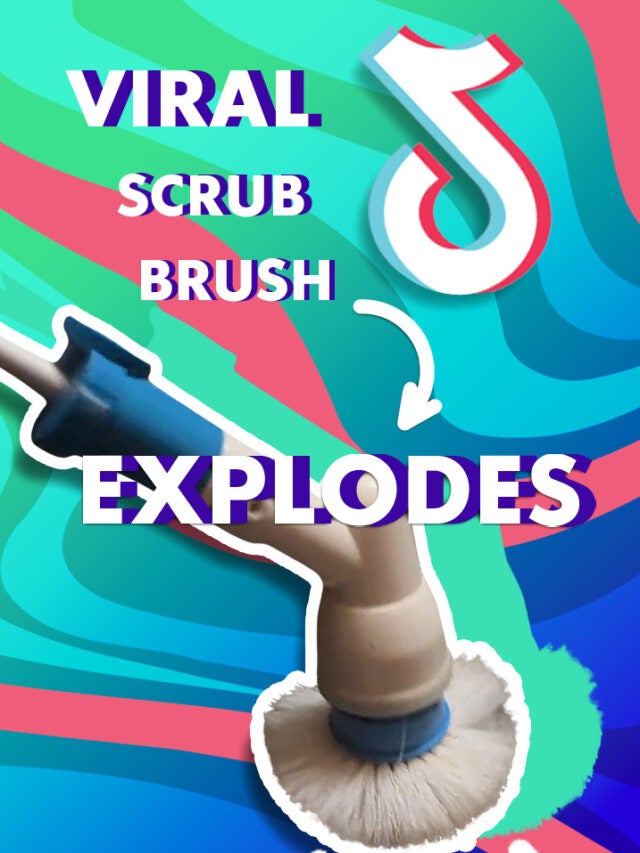Stihl backpack sprayers are known for their power, reliability, and ease of use, making them a favorite among professionals and homeowners alike. But even the best equipment needs the right technique to achieve optimal results. This comprehensive guide dives deep into effective spraying techniques, engine options, the crucial role of torque, and comparisons to competitors, ensuring you get the most out of your Stihl investment. Let’s get started!
Understanding the Importance of Torque in Backpack Sprayers

Torque, the rotational force an engine produces, is often overlooked when choosing a backpack sprayer, but it’s absolutely critical. High torque translates to consistent power, even when tackling thick vegetation or working uphill. A low-torque engine may struggle, leading to inconsistent spraying, reduced coverage, and ultimately, wasted time and effort. Think of it like this: a high-torque engine is like having a strong, reliable partner to help you get the job done efficiently, while a low-torque engine might feel more like an uphill battle.
Stihl’s reputation for robust engineering shines through in their backpack sprayer’s engines. They’re built to deliver consistent torque across a range of operating conditions. This means you can confidently tackle challenging terrain and dense foliage without experiencing a drop in spraying pressure or performance.
Stihl Backpack Sprayer Engine Options: A Detailed Look
Stihl offers a range of backpack sprayers, each with different engine specifications tailored to various needs. While the exact models and specs can change, the underlying principle of reliable torque remains consistent. Look for detailed specifications on the Stihl website or consult your local dealer to find the perfect match for your requirements. Typically, you’ll see differences in engine displacement (cc), horsepower, and consequently, the maximum pressure delivered to the spray nozzle.
For example, a larger displacement engine will generally produce higher torque and pressure, ideal for large properties or professional use where covering extensive areas is crucial. Smaller engines are often more lightweight and better suited for smaller gardens or tasks requiring less power. Choosing the right engine size is critical in matching your equipment to the scale of your application.
Torque and Towing Specs: A Practical Perspective

While Stihl backpack sprayers aren’t designed for towing, the torque of the engine directly impacts the ease of operation and the overall performance of the sprayer. A high-torque engine ensures consistent pressure, even when the sprayer tank is full and heavy, making extended periods of spraying less strenuous. The even distribution of power prevents the engine from straining, reducing the risk of breakdowns and extending the lifespan of your equipment.
Comparing Stihl to Competitors: Features and Performance

Stihl consistently ranks among the top manufacturers of backpack sprayers. Comparing Stihl to competitors like Solo, Field King, or Echo often reveals key differences in engine performance, tank capacity, and overall ergonomics. Stihl frequently emphasizes robust engine construction and durability, often showcasing superior torque compared to some competitors. This results in consistent spraying performance across different terrains and application conditions.
While price can be a factor, choosing a Stihl often means investing in a long-lasting and reliable piece of equipment that delivers superior performance in the long run. Consider the total cost of ownership – repair costs, engine lifespan, and overall efficiency – when comparing Stihl to other brands. The upfront investment might be higher, but the return on that investment in terms of durability and performance can be significant.
Practical Advice for Effective Spraying with your Stihl Backpack Sprayer
Beyond the engine specs, several techniques contribute to effective spraying:
- Proper Mixture Ratio: Always adhere to the recommended mixture ratios for your chosen pesticide or herbicide. Incorrect ratios can lead to ineffective spraying and potential damage to plants or surfaces.
- Nozzle Selection: Use the correct nozzle for the application. Different nozzles create different spray patterns (cone, flat fan, etc.), ideal for various tasks and plant types. Experiment to find the best nozzle for your needs.
- Consistent Spraying Speed: Maintain a consistent walking pace to ensure even coverage. Too fast, and you’ll miss spots; too slow, and you’ll risk over-application.
- Overlapping Passes: Overlap each pass by 50% to eliminate gaps and ensure complete coverage. This is a fundamental technique for thorough and effective spraying.
- Regular Maintenance: Clean your sprayer thoroughly after each use. Regular maintenance, including filter cleaning and engine servicing, will prolong the life of your equipment and maintain peak performance.
- Safety First: Always wear appropriate protective gear, including gloves, eye protection, and a respirator when working with chemicals.
Conclusion: Maximize Your Stihl Sprayer’s Potential

Investing in a Stihl backpack sprayer is a smart move for anyone needing a reliable and powerful spraying solution. By understanding the importance of torque, choosing the right engine for your application, and implementing effective spraying techniques, you can unlock the full potential of your Stihl sprayer. Remember that proper maintenance and safe handling practices are essential to maximizing the lifespan and performance of your equipment. Happy spraying!




